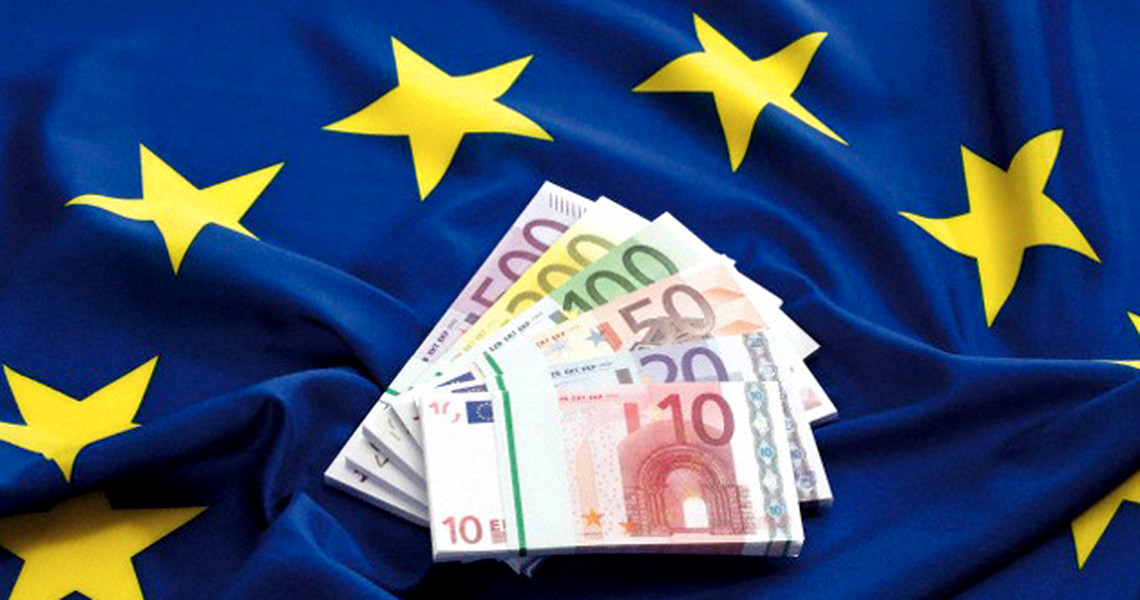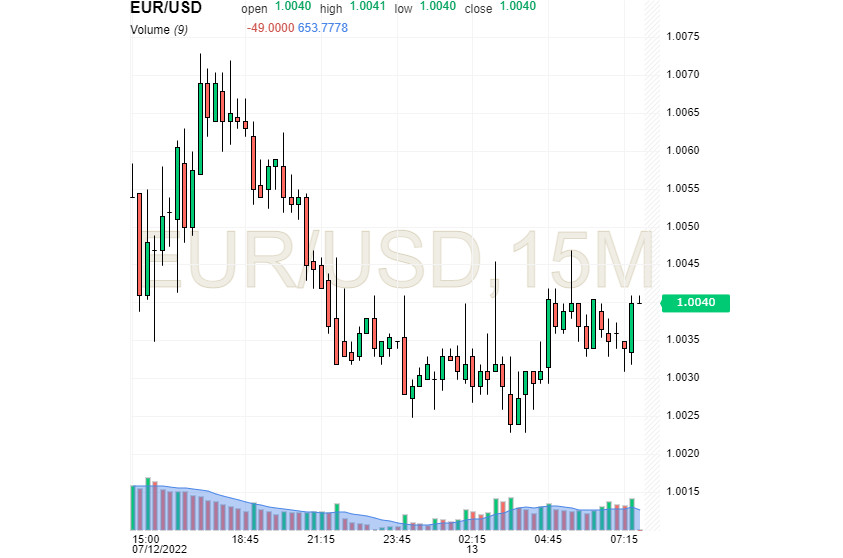
The European currency repeatedly tried to avoid parity with the US one, but luck was on the side of the latter. According to analysts, the main threat to the euro is the difficult situation with gas supplies to the region.
Many experts agree that the curtailment of gas supplies to Europe from Russia will provoke a collapse of stock markets and the collapse of the euro to 0.90 cents. At the same time, currency strategists at UBS Group AG consider such forecasts "rude and do not reflect the worst-case scenario." At the moment, the euro is experiencing a strong decline against the dollar, having fallen to a record low, and this is not the limit.
Nomura International economists adhere to a similar position, emphasizing that the euro's fall to 90 cents and below is a matter of time. Recall that the euro's collapse almost to parity with the greenback occurred amid energy problems and the risk of recession in Europe. The risk factor in this issue is the possible suspension of the Nord Stream-1 pipeline after maintenance.
On Wednesday, July 13, the euro remained in the parity zone against the dollar ahead of US inflation data. Market participants fear that sky-high indicators will push the euro to lows not seen in recent decades. In the current situation, a possible increase in the consumer price index in the United States will be a severe test for the single currency.
Recall that the June data on US inflation will be released today. According to preliminary estimates, the consumer price index in the United States will rise to a new high. Currency strategists of TD Securities bank believe that annual inflation in the country will increase to 8.9% (from the previous 8.6%), and the base indicator will decrease to 5.7%.
On the technical chart of the EUR/USD pair, experts recorded a long downward momentum that arose in the face of an oversold. At the moment, the risks for the pair are shifted towards the downside. On Tuesday, July 12, the EUR/USD pair attracted bears on the way to the "bearish" 20-day SMA, which maintains a downward movement vector. At the same time, closing short positions on the pair carries the risk of a rapid upward correction.
The implementation of such a scenario is possible if Russia resumes the operation of the pipeline after maintenance, according to Nomura International. On the morning of Wednesday, July 13, the EUR/USD pair was trading at 0.0040, finding itself in the tenacious paws of parity, and it will require tremendous efforts from the euro in order to overcome it.

Financial markets are still focused on escaping risks, demonstrating a negative state amid fears of a recession. Anxiety increased after the release of disappointing macro data on the German economy. According to ZEW reports, economic sentiment in the country collapsed to -53.8 in July. This is much worse than the previous indicator (-28). In the euro bloc countries, economic sentiment fell to -51.1, while the assessment of the current situation turned out to be much worse than expected.
According to Scotiabank analysts, the escalation of gas problems remains a risk factor for the eurozone economy and its currency. At the same time, the inability or unwillingness to "press the brake" during negotiations over fuel increases the likelihood of a negative scenario. If the euro bloc countries are unable to replenish gas reserves in sufficient quantities, the region will plunge into recession. At the same time, a return to the previous level of supplies of natural gas will create a buffer for the euro, not allowing it to gain a foothold in a state of parity.
 English
English 
 Русский
Русский Bahasa Indonesia
Bahasa Indonesia Bahasa Malay
Bahasa Malay ไทย
ไทย Español
Español Deutsch
Deutsch Български
Български Français
Français Tiếng Việt
Tiếng Việt 中文
中文 বাংলা
বাংলা हिन्दी
हिन्दी Čeština
Čeština Українська
Українська Română
Română

